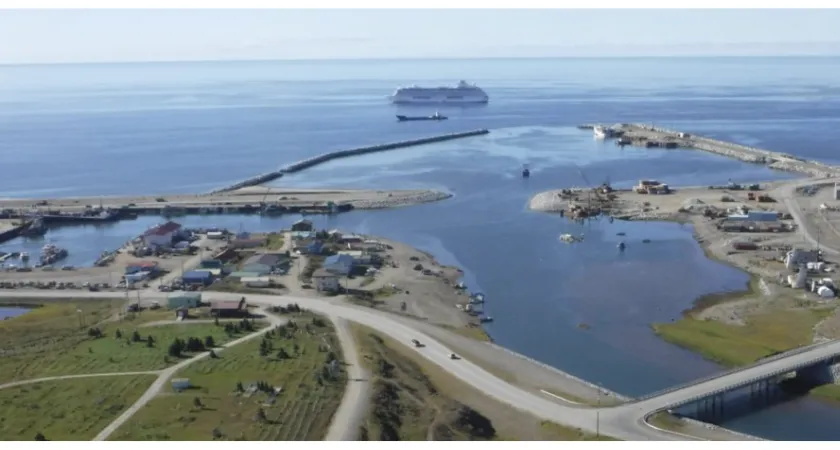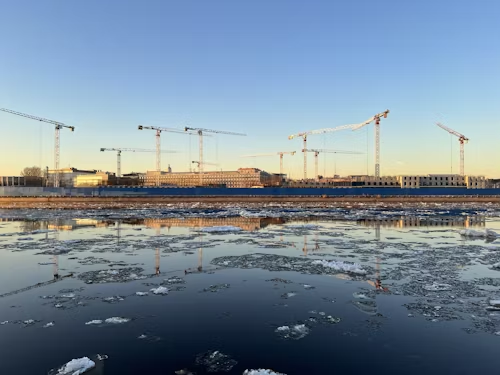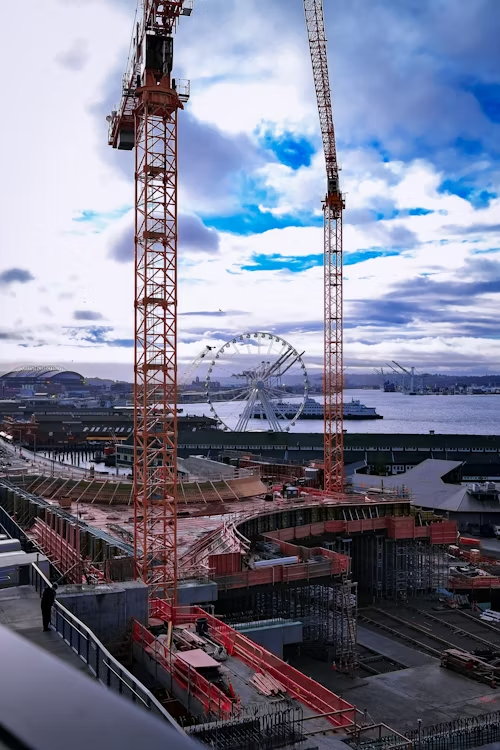
The long-awaited expansion of the Port of Nome into the nation’s first Arctic deepwater port has officially taken a major step forward. The U.S. Army Corps of Engineers has awarded a $399.4 million contract to Kiewit Infrastructure West Co. for the first construction phase of the project, known as Phase 1A, with completion anticipated by September 5, 2029.

The milestone comes nearly two decades after the idea of creating an Arctic port in Nome first gained serious momentum at a 2008 Army Corps conference. It also follows setbacks in 2023, when initial plans were put on hold due to cost overruns and insufficient funding.
To keep the project on track, the Corps scaled back its approach, developing Phase 1A as a pared-down version of the original Phase 1.
Originally, Phase 1 called for extending the existing west causeway by 3,400 feet. Under the revised plan, the extension will now happen in two parts: 1,200 feet of new construction with 600 feet of dock space in Phase 1A, followed by an additional 1,870 feet in Phase 1B. Later phases will include dredging to deepen the harbor and the demolition and rebuilding of the east causeway.
Kiewit Infrastructure West, based in Vancouver, Washington, was the sole bidder for the contract. The company will lead the design-bid-build effort for the modifications.
“The entirety of the harbor expansion project aims to provide larger vessels with improved access to Nome’s existing harbor and create a new deep-water basin at a depth of minus 40 feet. Required dredging is required to deepen and maintain both basins and associated navigation channels,” the U.S. Army Corps of Engineers said in a press release.

Currently, Nome’s port can only accommodate vessels with a draft of up to 18 feet. That leaves out larger ships such as the Coast Guard’s Healy icebreaker, which has a 29-foot draft, and the recently acquired Storis, which requires 34 feet.
Future vessels, including the Polar Security Cutter (36 feet) and the Arctic Security Cutter (23 feet), will require deeper access. With the expansion, Nome will become a critical hub for Arctic operations, enabling direct stationing and faster deployment of these ships.
“The new port project will serve research and public safety purposes as well as an important pivot point for the nation’s military presence above the Arctic Circle,” the Army Corps highlighted.
The project timeline extends well beyond Phase 1A. The Army Corps expects to solicit bids for Phase 2 by May 2026, with Phase 1B following in 2028 and the final phase in 2030. The full build-out will allow Nome to serve as a permanent operating base for Arctic-capable vessels, reducing reliance on Seattle, 2,000 nautical miles away.
The decision reflects the U.S.’s broader strategy of strengthening its Arctic infrastructure and presence, particularly as global competition and climate change reshape the region’s importance for trade, defense, and energy security.
Originally reported by Malte Humpert in high North News.